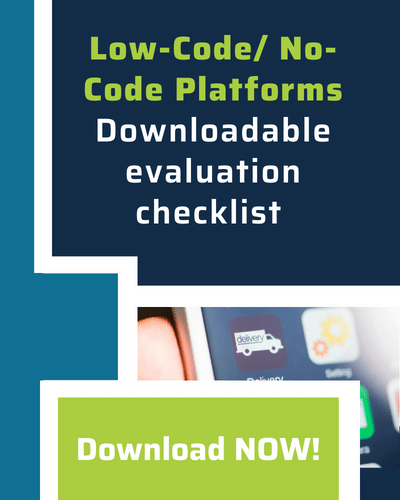For many food manufacturers, the high Total Cost of Ownership (TCO) associated with traditional SAP systems can be a major barrier to innovation. This blog examines the key factors that drive SAP TCO and outlines practical strategies—leveraging low-code/no-code platforms like Pillir—to reduce costs while boosting operational efficiency.
Understanding SAP TCO
- Cost Components: Hardware, software licenses, development expenses, maintenance, and training.
- Challenges: Customization costs, prolonged development cycles, and expensive integration efforts contribute to a high TCO.
Limitations of Traditional SAP Systems
While traditional SAP solutions are robust, they have notable limitations:
- Long Development Cycles: Customizing SAP applications via traditional coding can take months, delaying critical innovations.
- High Total Cost of Ownership (TCO): Extensive development and ongoing maintenance inflate costs, limiting reinvestment in innovation.
- Inflexibility: Rigid legacy systems make it difficult for manufacturers to adapt quickly to market changes.
Strategies for Reducing SAP TCO
- Adopt Low-Code/No-Code Platforms:
- Rapid Development: Reduce labor costs by accelerating the development process.
- Simplified Maintenance: Lower complexity leads to lower long-term maintenance costs.
- Streamline Processes:
- Unified Workflows: Consolidate applications to minimize redundancy and improve efficiency.
- Automation: Implement automation to reduce manual tasks and associated errors.
- Enhance System Integration:
- Seamless Data Flow: Ensure smooth integration with existing systems to lower custom connector expenses.
- Standardization: Adopt industry best practices to minimize costly customizations.
How Pillir Helps Reduce SAP TCO
- Efficient Development Cycles: Pillir’s platform can cut development time by up to 20X, leading to significant cost savings.
- Cost-Effective Customization: A unified, low-code approach reduces the need for piecemeal and expensive integrations.
- Proven Impact: Many food manufacturers have reported reduced TCO and improved operational efficiency after transitioning to Pillir.




 Back
Back/Logo%20-%20black%20text%20blue%20pillar%20(large)-1.jpg)

